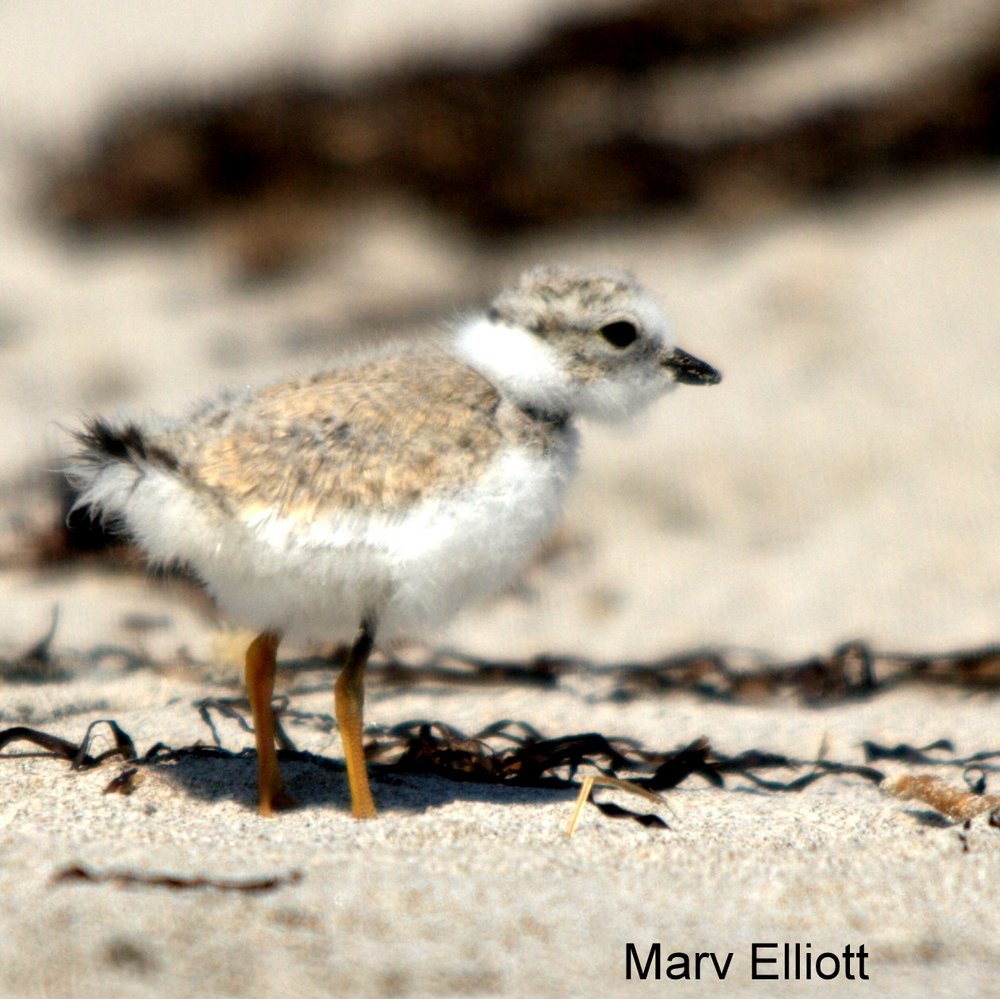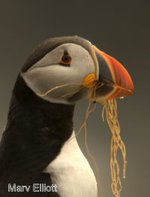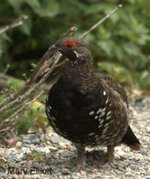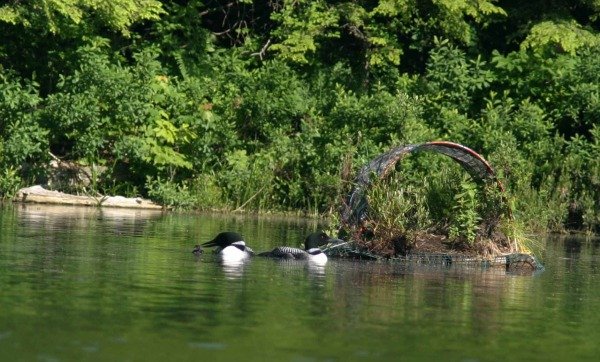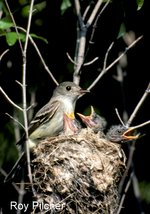 Goldfinches are great to watch at the feeder... especially when that first hint of bright yellow shows up in their plumage in mid-February. Photo by David Jenne.
Goldfinches are great to watch at the feeder... especially when that first hint of bright yellow shows up in their plumage in mid-February. Photo by David Jenne.
A quick read of all the programs and field trips sponsored by Rutland County Audubon on our Events page will reveal that they are all free and open to the public.
However, Rutland County Audubon’s education outreach into the community, in particular the schools, is a serious financial commitment. For example, Audubon Adventures, a program designed to engage our elementary school students, has been very well received and at $45 a classroom it is an investment that we continue to make each year. Thus, once a year we provide you and your friends with the opportunity to support Audubon’s educational and outreach programs through the Annual Bird seed Sale.
 We aren't likely to see a winter with as many Pine Siskins as we did last year, but we can always hope! Photo by David Jenne
We aren't likely to see a winter with as many Pine Siskins as we did last year, but we can always hope! Photo by David Jenne
If you are a member of Rutland County Audubon and reading this post, firstly, thank you for your support, if you are not, please consider becoming a member. As a volunteer organization we appreciate not only your commitment to the mission of the organization but also to its financial viability.
In partnership and cooperation with Garland’s Agway in Rutland and Brandon Blue Seal Feeds, we offer members and the general public an opportunity to support financially Rutland County Audubon through the upcoming Annual Bird Seed Sales and Bottle Drive.
As a reader of this web site and as a member and/or friend of Audubon, and as one who enjoys feeding and watching birds, you are encouraged to support Rutland County Audubon, either in Rutland or Brandon by purchasing your winter’s supply of bird seed at the following locations:
Rutland, Garland’s Agway - Saturday, November 7 between 8:00 a.m. and 1:00 p.m.
Brandon, Blue Seal Feeds - Saturday, November 14 between 8:00 a.m. and 1:00 p.m.
We would love to meet you and talk about birds and winter bird feeding. Our members will be present to introduce themselves and -- if you are new to bird feeding -– introduce you to the birds you will meet over the course of the coming winter!





